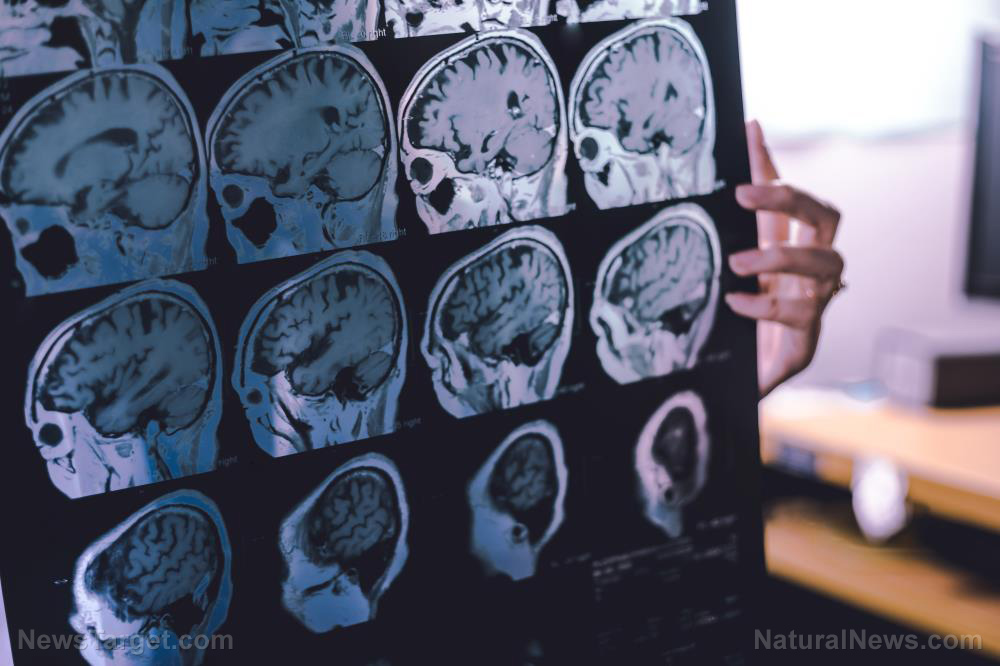The use of lighting for health and wellness is a growing trend
06/02/2018 / By Michelle Simmons

A workshop to explore, define, and promote the adoption of lighting systems, particularly for healthcare environments, was carried out and sponsored by the Center for Lighting Enabled Systems & Applications (LESA) at Rensselaer Polytechnic Institute and the Illumination Engineering Society (IES). The workshop was attended by lighting and human health researchers, healthy-lighting design experts, senior representatives from healthcare standards organizations, and healthcare providers. The workshop also aimed to initiate a crucial discussion among different stakeholders on the changes in modern healthcare interior lighting applications.
“Today, the field of lighting and health care is undergoing rapid development,” said Robert F. Karlicek Jr., LESA director, who also serves as a professor in the Department of Electrical, Computer, and Systems Engineering at Rensselaer. “As research continues to build the link between lighting spectral power distributions and wellness, LED lighting technology strives to bring new healthy lighting to market,” he added.
Research on the importance of light and lighting on the healthcare industry continues to grow. Lighting has been known to affect human health and wellness, according to Brian Liebel, director of technical standards at IES. He also said that research persistently refines the actual role of light spectrum, intensity, and timing on the matter of patient outcomes, and on the productivity of healthcare workers. However, research on new, modern standards for lighting systems in healthcare and eldercare markets remains lacking.
LESA, funded by the National Science Foundation, aims to create digitized, colored tunable illumination for new applications in lighting, healthcare, building management, horticulture, and advanced 5G wireless communications platforms.
Lighting in healthcare settings
Not only is lighting important in any space, but it is especially essential in medical facilities. This is due to its great influence on patient outcomes, healing, and overall health.
In an emergency department or operating room, everything matters – even small details like lighting. People can die due to bad or incorrect lighting in the room. Operating rooms have different electronics, such as surgical and monitoring equipment, that need more than just standard lighting. Moreover, security systems used to protect infants in neonatal intensive care units (NICUs) are also an area of concern. Alarms can sound frequently or not at all in the event of abduction due to some systems that operate in a frequency range similar to specific lighting components.
When it comes to the ability of a patient to heal, lighting also plays a role. Research has shown that lighting affects the circadian rhythm. According to studies, good lighting is essential for humans to stay alert and function optimally. Lighting also help in promoting deep sleep by simulating the color and lowered intensity of the night. Deep sleep is the stage when the body produces essential chemicals in the body, including those that manage heart rhythms.
Today, LED (light-emitting diode) lighting technology is trending. One of the benefits of LEDs is that they generate less heat while operating compared to fluorescent and halogen alternatives, which makes it easier to control room temperatures. (Related: New LED lighting technology embraced by consumers, Total Cost of Ownership saves money over incandescent, fluorescent bulbs.)
Read more news stories and studies on healthcare by going to HealthCare.news.
Sources include:
Tagged Under: healing, Health and Wellness, healthcare, healthy lighting, Hospitals, importance of lights, LED technology, lighting, medical care, medical technology, patient outcomes, power distributions, science, technology, treatments, wellbeing




















